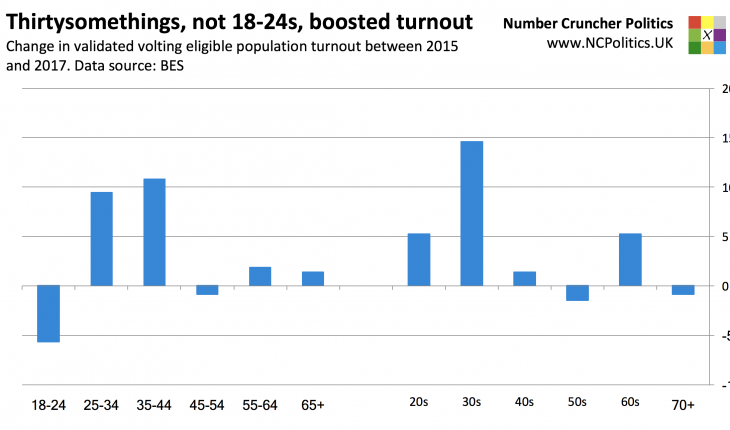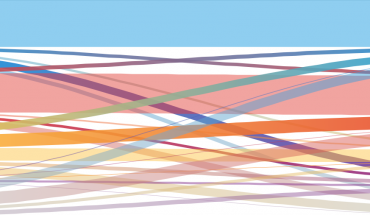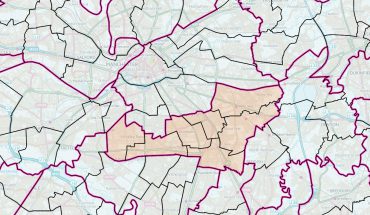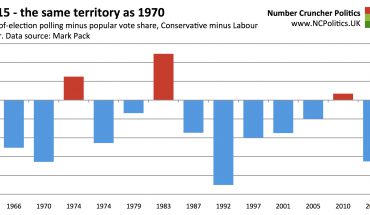New voters did go disproportionately to Labour and ex-UKIPers to the Tories
Among 2015 UKIP voters that voted in 2017, most went to the Conservatives, while new voters were far likelier to vote Labour. Though this was largely picked up by the conventional polls, this was a big problem area for pollsters in 2015. Not so this time.
2017 also saw decent churn in both directions between Labour and the Conservatives (of almost 10% of their respective 2015 votes):

Despite the churn, Brexit still cuts across (main) party lines
You can’t get too far these days without talking about Brexit, so here’s the breakdown by how and whether people voted in 2016. The BES reassuringly paints a similar picture to the polls, which the main parties’ voters split about 2-to-1 in opposite directions.

Support for EU membership HAS increased, but look where it’s coming from…
As well as the backward-looking questions, the BES also contains a question asking how respondents would vote if another referendum were held. The question was “If there was another referendum on Britain’s membership of the European Union, how do you think you would vote? Would you vote to leave the EU or to stay in?”
This produced a result of 48-39 for staying in. (For those wondering, the “Stay/Leave” vs “Remain/Leave” is of course a different wording, but in split testing elsewhere there was no difference between the two. “Yes/No” questions on the other hand gave very different results…)

Though the sample is a bit more Remain (on recalled 2016 vote) than the referendum result, it does back up the conventional polls showing a swing towards Stay/Remain/Bregret. It also confirms that 2016 non-voters break heavily (2:1) towards Remain.
That means that very little of the swing is due to Leavers changing their minds – indeed almost 90 per cent of both Leavers and Remainers would vote the same way as before – but previous non-voters participating. Without them, the Remain lead disappears.
(Continued, please navigate using numbered tabs…)





